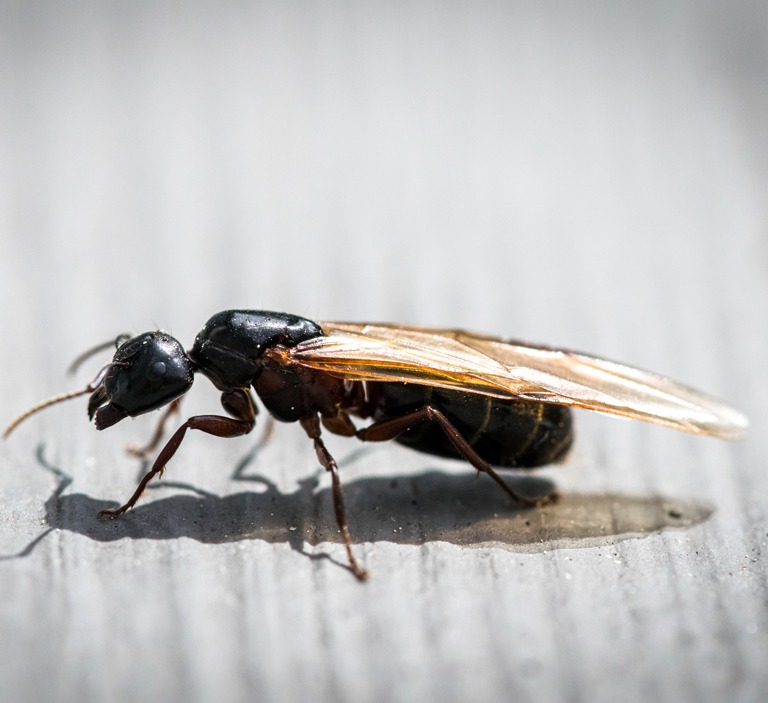When it comes to pests, the discussion often gravitates toward the well-known culprits: bedbugs, cockroaches, and ants. Yet, lurking quietly beneath the surface is another contender—the termite.
These tiny, unassuming insects may easily be overlooked, but their voracious appetites for wood and cellulose can inflict catastrophic damage on homes and structures. In this article, we delve into the world of termites and other common pests, examining their habits, the extent of their nuisance, and the threats they pose to our comfort and well-being.
Are termites truly the most formidable foes in the realm of household pests, or do other insects claim that dubious title? Join us as we explore the intricate battle between these unwelcome visitors, shedding light on the hidden costs of their presence and the measures necessary to combat them.
Meet the Competitors: Overview of Common Household Pests

When it comes to assessing the nuisances that invade our homes, termites certainly vie for the top spot, but they are far from the only contenders. Pests like cockroaches, ants, and rodents each bring their own unique brand of chaos and disruption.
Cockroaches, with their incredible resilience, can infest even the cleanest of kitchens, sowing anxiety among homeowners. Meanwhile, ants march in uniform battalions, exploiting tiny cracks and crumbs, transforming ordinary snacks into a battlefield for dominance.
Rodents, with their gnawing habits and reproductive rates that rival those of small armies, can turn a peaceful attic into a scene of mayhem. Each pest brings its own set of challenges, creating a complex landscape where the damage they inflict varies greatly in nature and severity.
Understanding these competitors is essential, as the fight against household pests often requires tailored strategies to combat their distinct behaviors and habits.
Termites: The Silent Destroyers

Termites, often dubbed the silent destroyers, operate stealthily, unbeknownst to many homeowners until the damage is already done. These small yet formidable insects feast on wood, paper, and other cellulose-based materials, causing billions of dollars in damage each year.
Their intricate social structures enable them to work efficiently, with colonies numbering in the millions, tirelessly weakening the very foundations of buildings and structures. Unlike other pests that may present immediate and visible threats, termites work silently behind the scenes—gnawing through wood beams and essential support systems, often hidden from sight.
This insidious nature makes them not just a nuisance, but a potentially catastrophic risk, lurking in the shadows, waiting to wreak havoc without making a sound.
Comparative Analysis: Who Causes More Damage?

In the grand scheme of household pests, termites stand out as formidable adversaries, primarily due to their ability to dismantle wooden structures from within, often unnoticed until significant damage has occurred. Their insatiable appetite for cellulose can lead to catastrophic consequences, resulting in repair costs that can skyrocket into thousands of dollars.
However, they are not alone in their quest for destruction. Rodents, which gnaw on wires and insulation, can ignite deadly fires and cause structural hazards that rival even the most voracious termites.
Meanwhile, wood-boring beetles and carpenter ants similarly wreak havoc, though their methods and speed differ. It is essential to consider not just the extent of the destruction but the speed at which these pests operate—termites can cause more extensive damage over time, while rodents may strike swiftly and dangerously.
Thus, when weighing the scales of nuisance and destruction, one must navigate the complexities of each pests methods, motivations, and the aftermath they leave in their wake. Ultimately, while termites may claim the title for gradual devastation, rodents and their kin bring their own brand of chaos, making the title of “biggest nuisance” a contentious debate.
Conclusion
In conclusion, while various pests can pose significant challenges to homeowners and businesses alike, termites stand out as particularly destructive due to their ability to silently weaken foundations and structures over time. The comparison with other nuisances highlights the unique dangers termites present, not just through their presence but through the potential for extensive damage that often goes unnoticed until it is too late.
Effective termite control is essential for preventing these silent invaders from wreaking havoc, ensuring the safety and integrity of our living and working spaces. Ultimately, understanding the specific threats posed by each type of pest can help in prioritizing prevention strategies and fostering a more proactive approach to pest management.


